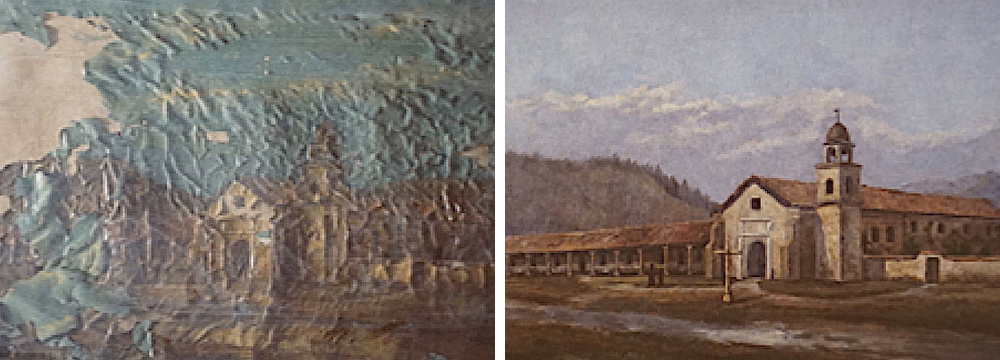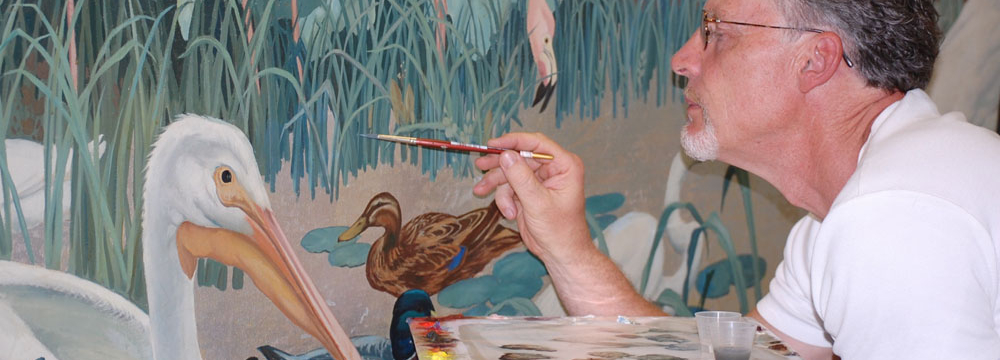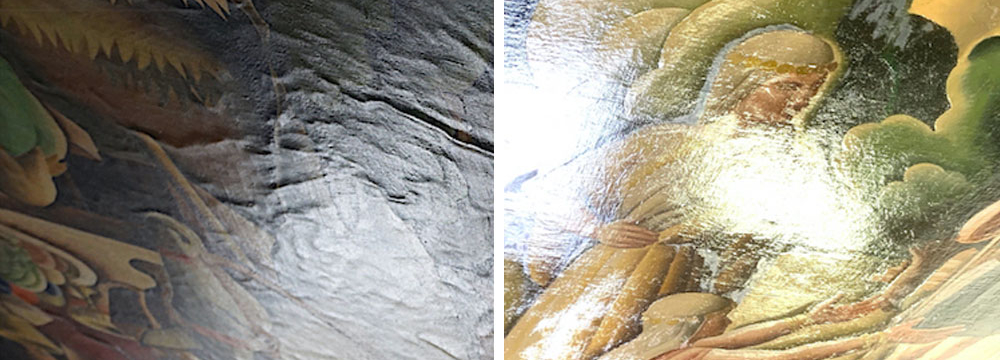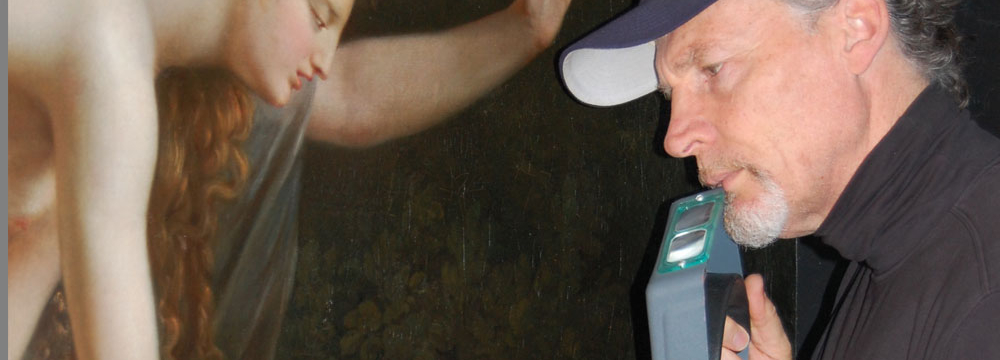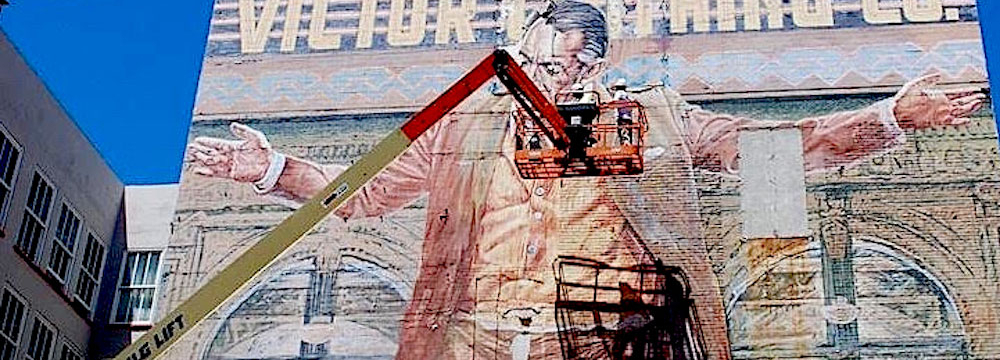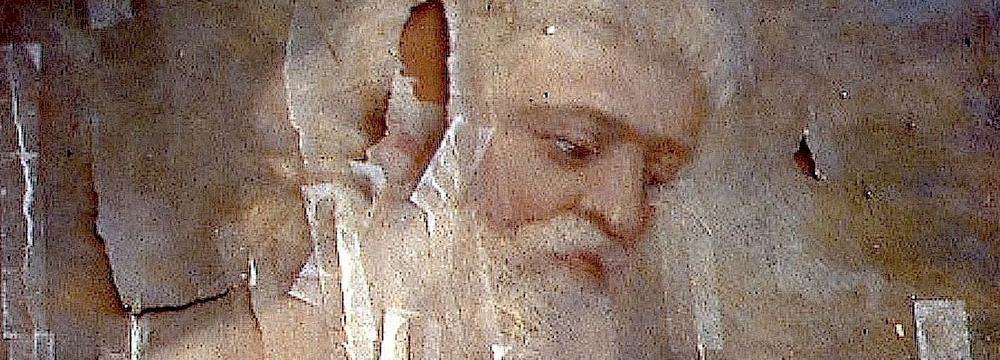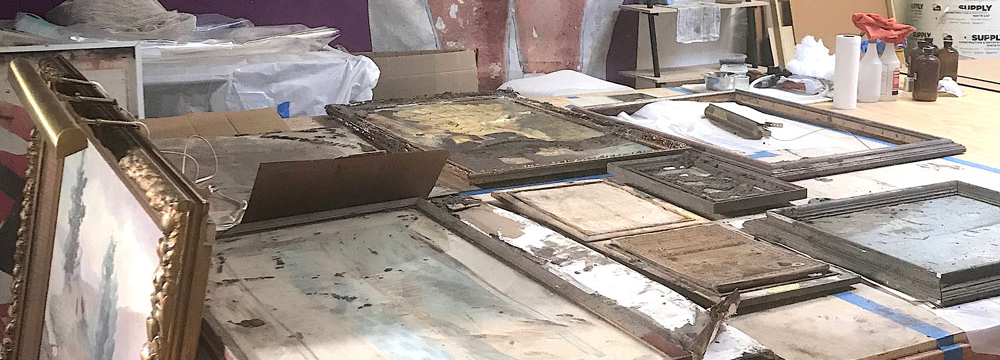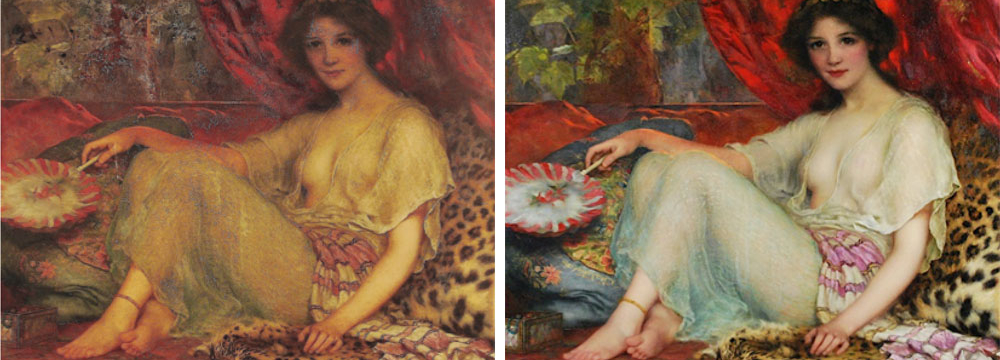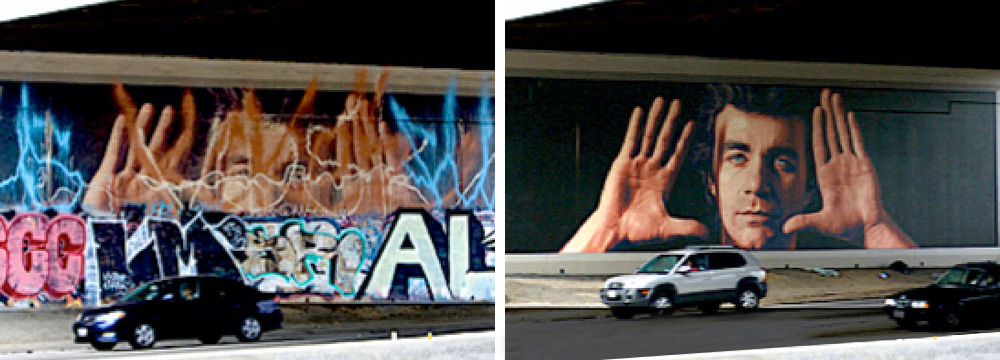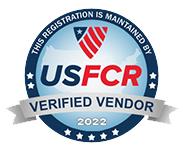You Won’t Believe the Mural Preservation Process!
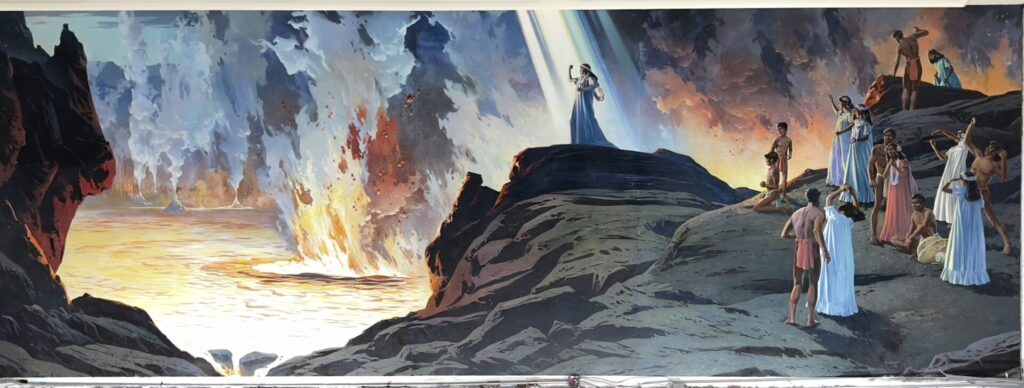
Have you ever wondered how art conservators do mural removals or mural preservation? If so, this is the story you’ve been waiting for. At Fine Art Conservation Laboratories, Inc. (FACL), we take immense pride in our work preserving and restoring valuable public art pieces, especially murals. One of our projects, the removal and restoration of Edward T. Grigware’s murals at Brigham Young University–Hawaii, was both a challenge and a privilege. This article will take you through the entire process, offering a behind-the-scenes look at the art of mural conservation. If you love art, history, or are simply curious about how these intricate projects are carried out, you’re in for a treat!
History of the Murals
Edward T. Grigware’s Legacy
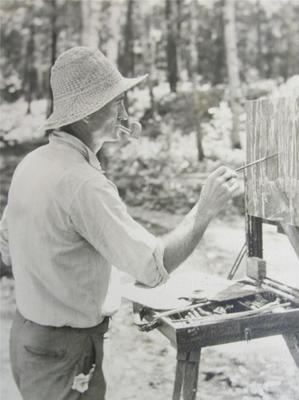
image of mural artist Edward Grigware
Edward T. Grigware was an American painter known for his evocative and culturally significant murals. In 1958, he created two stunning murals: “The Defiance of Pele” and “Our Missionaries Bless the Islands.” These works of art are not only visually captivating but also deeply rooted in Hawaiian and religious history. “The Defiance of Pele” depicts Queen Kapi’olani defying the Hawaiian goddess Pele to demonstrate her Christian faith, while “Our Missionaries Bless the Islands” shows Latter-day Saint missionaries dedicating the Hawaiian islands for further missionary work.
Historical Context
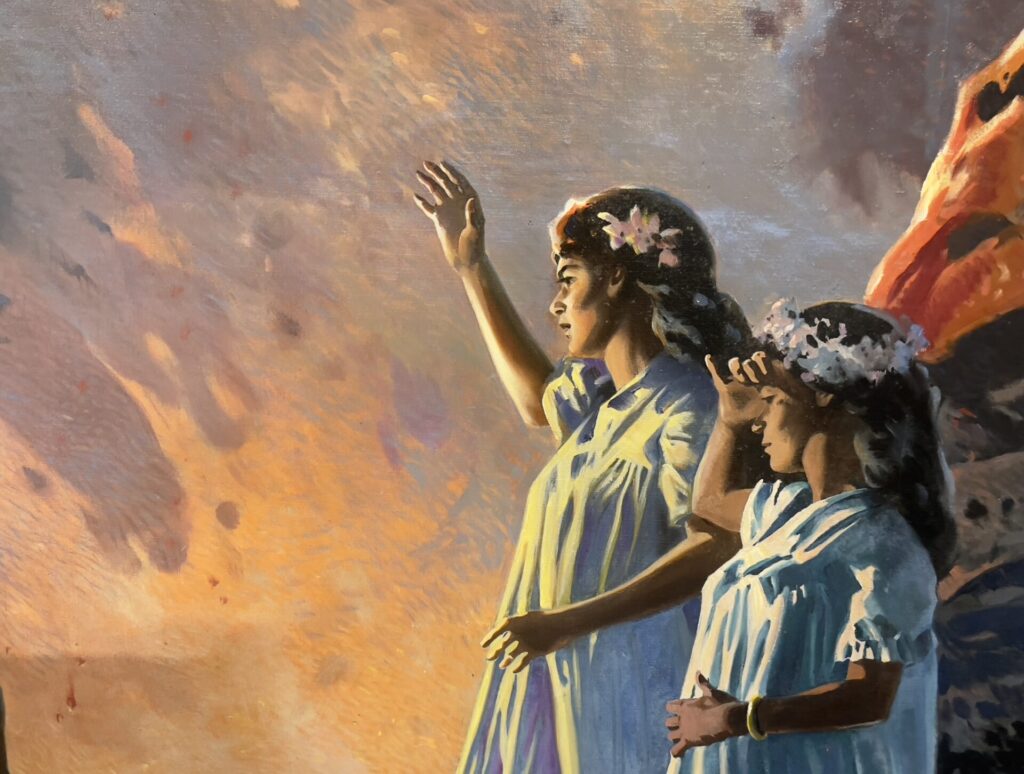
Edward T. Grigware, a celebrated artist known for his vibrant and narrative-driven murals, created “The Defiance of Pele” and “Our Missionaries Bless the Islands” in 1958. These works hold significant cultural value, depicting key moments in Hawaiian history and the impact of missionary work on the islands. However, the David O. McKay building at BYU–Hawaii, where the murals resided, was slated for imminent demolition. This urgency made it crucial to remove and preserve the murals. While the future location and reinstallation date of the murals remain uncertain, FACL’s immediate focus was on their preservation.
—
The Setting: BYU–Hawaii

the mural was located in Brigham Young University – Hawaii
The David O. McKay building is a central hub at BYU–Hawaii. It’s a place where students and faculty gather, and these murals have been a backdrop to countless events and memories. Laie, Oahu, with its rich cultural heritage, provided a fitting home for Grigware’s works.
Murals’ Initial Condition
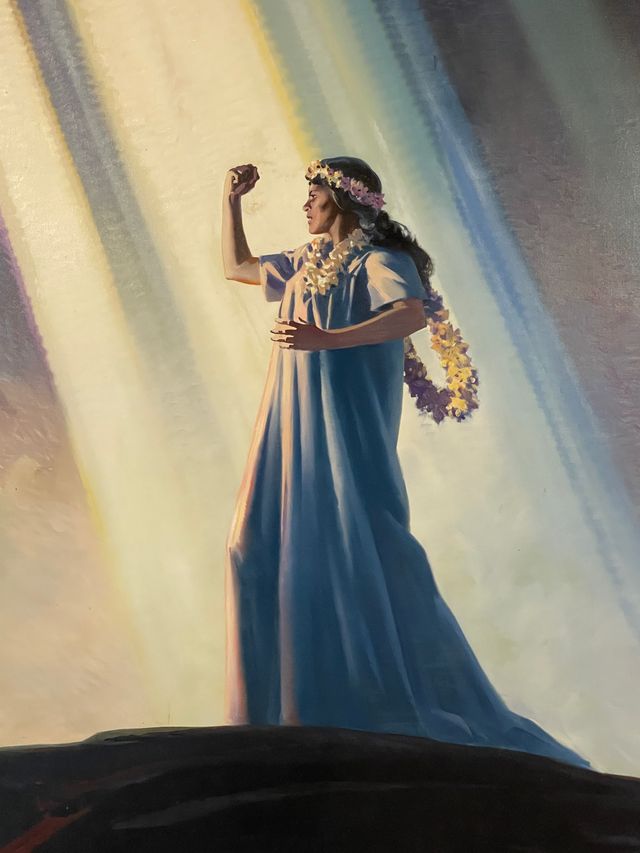
close-up of a woman defying Pele
When we first assessed the murals, we found they had suffered from water damage, and previous local restoration attempts had been less than ideal. The paint layers were fragile, and the canvas had deteriorated in several places. It was a daunting task, but we were determined to restore these pieces to their former glory.
The Mural Preservation and Conservation Process
Pre-Removal Assessment
Before we could begin the delicate process of mural removal, a thorough pre-removal assessment was essential. Initial documents showed that a lead-based adhesive had been used to attach the murals to the wall. However, the exact difficulty and strength of this adhesive were unknown, necessitating on-site testing.
In late November 2023, FACL, Inc. conducted tests to evaluate the condition of the paint layers and the ease with which the canvas could be separated from the wall. Understanding these factors was crucial for determining the safest and most effective removal method. Our findings indicated that the adhesive was extremely strong and the paint was fragile, posing a significant challenge for the removal process.
Understanding Marouflage
The murals were created using a technique called marouflage, where the painting is done on canvas and then adhered to the wall. This method, popularized in 1700s France, was a common practice in the 20th century. Each mural is 11 feet high and 33 feet wide, divided into five sections, and painted in oil on canvas with an original varnish. This technique used to paint the mural helped FACL’s mural restoration team in storing and transporting the murals.
Mural Removal Process
Challenges Faced
One of the main challenges was dealing with the hard lead-based adhesive used to attach the canvas to the wall. The wall itself was constructed with a thin, unusually soft scratch coat over the plaster layer. Tests revealed that simply cutting the canvas off the wall would have been too uncontrollable, risking severe damage to the murals.
Removal Techniques Employed
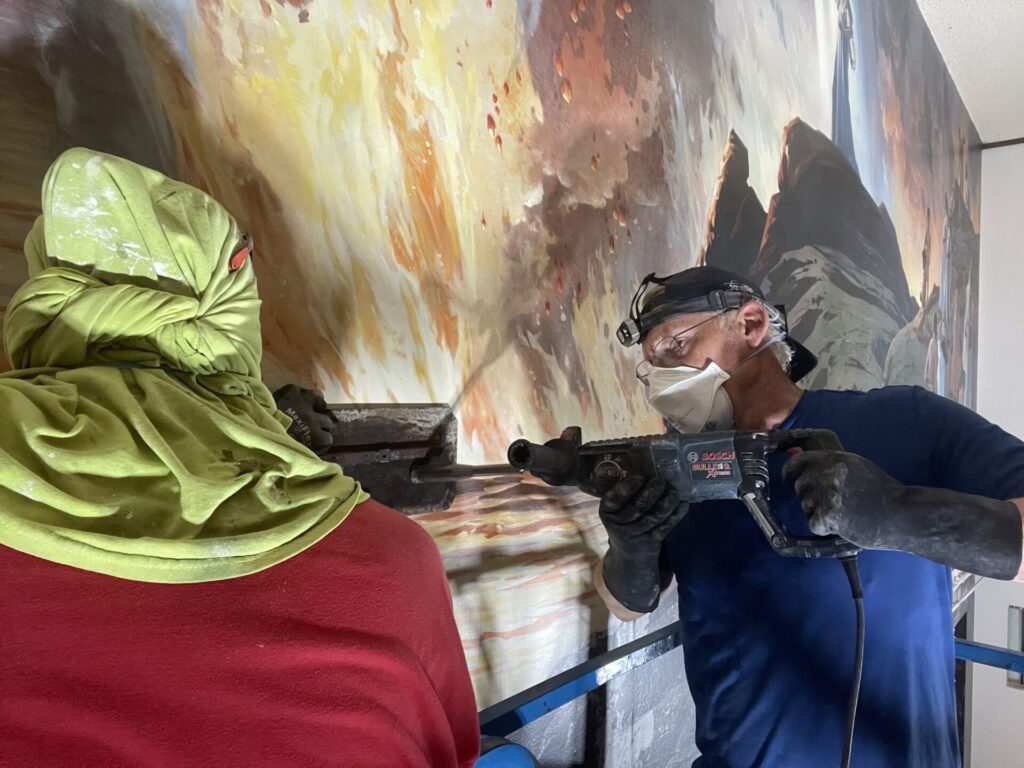
FACL, Inc. mural removal team applies vibration to ease the detachment of the mural from the wall
The actual removal of the murals began in early December 2023. Given the strong lead-based adhesive and the fragile nature of the paint layers, a conventional removal method would have been too risky. Here, a stroke of genius came to Scott, FACL’s head art conservator. He was standing by the mural, out of ideas, when inspiration struck: using a vibration technique to fracture the scratch coat and separate the canvas from the wall.
This unconventional method required immense effort and careful precision, but it was worth it for the safety and preservation of the mural. We applied a protective “facing” to the surface, allowing us to handle the mural without directly touching the paint. This ensured that the delicate paint layers remained intact throughout the process. The mural was then carefully wrapped around large 3-foot tubes to avoid any kinking or damage during transport.
Handling and Transportation
Preparing for Transport
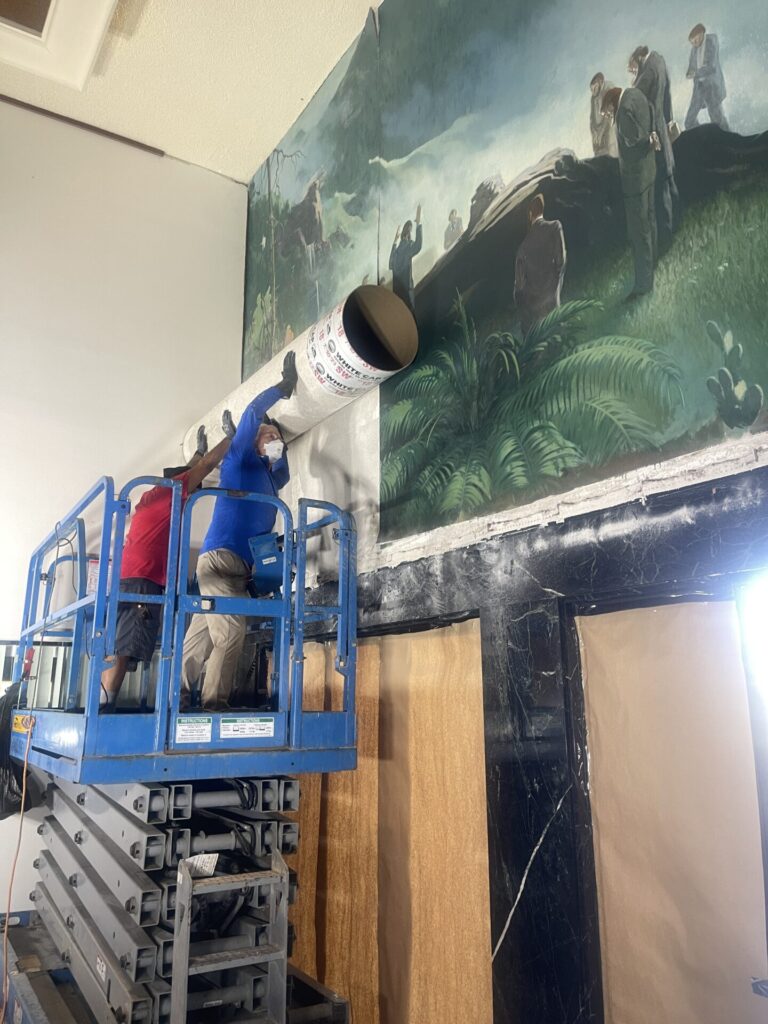
FACL, Inc. mural preservation team prepares the mural to be transported on large tubes
Handling and transporting such large and delicate pieces is no small feat. We took extensive measures to ensure the safety of the murals. The protective facing allowed us to move the canvases without risking further damage, and the careful wrapping around large tubes ensured they would not kink or warp.
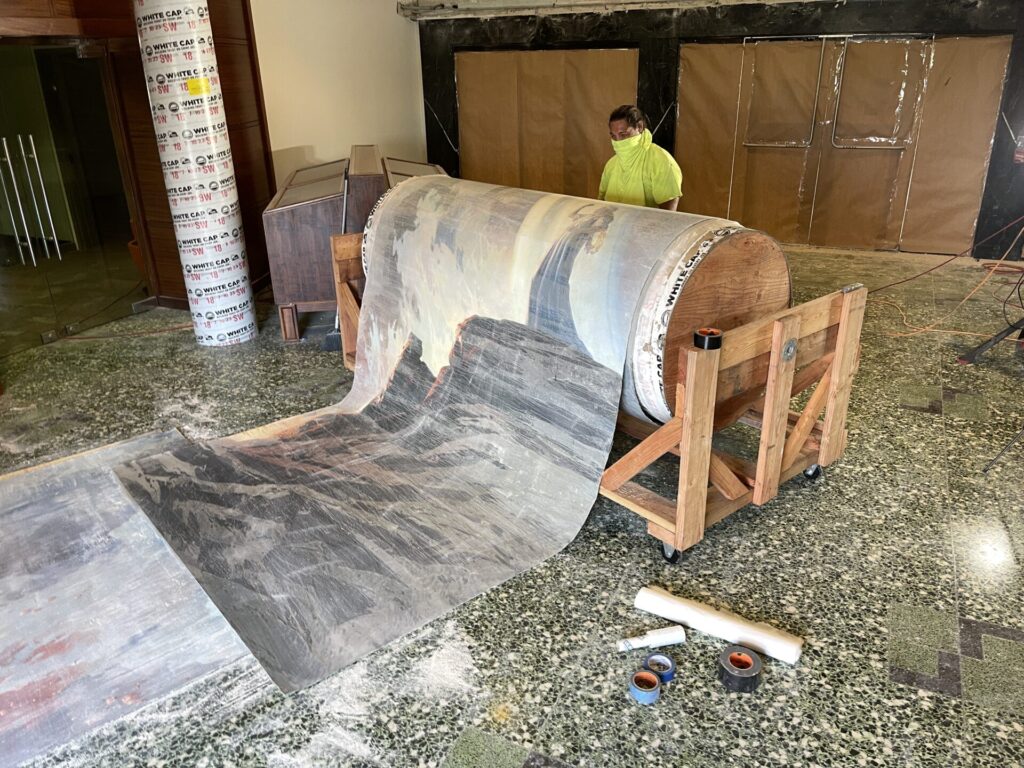
“The Defiance of Pele” mural on the tube, ready for transportation
Scott’s Weighs in About the Preservation Process
“I remember the moment we successfully removed the first section of the mural. It was like unearthing a buried treasure. The relief and excitement on our team’s faces were palpable. We knew we were not just preserving a piece of art, but a piece of history.”
FACL’s Other Mural Projects
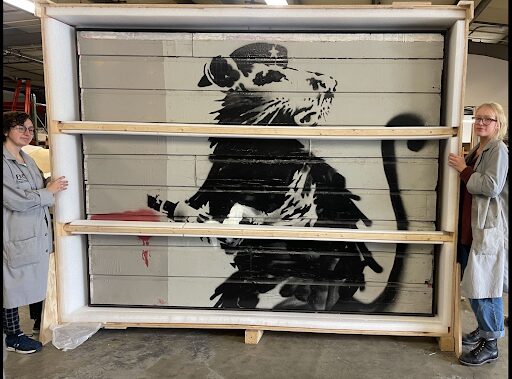
FACL, Inc. technicians with a Banksy “Rat” piece
This project is a prime example of the meticulous care and expertise required in mural restoration. At FACL, we’ve tackled numerous similar projects, each with its unique set of challenges. Whether it’s a historic mural in a public building or a cherished painting in a private collection, we approach each project with the same level of dedication and precision. Because each mural has its own unique issues and setting, a thorough pre-conservation inspection is crucial to creating a game plan for each project.
Broad Range of Services
Our comprehensive mural restoration services include everything from initial assessment and testing to removal, stabilization, and final restoration. We understand the importance of preserving cultural heritage, and our goal is to ensure that these artworks can be enjoyed by future generations.
Serving the Western United States
At FACL, we are proud to serve areas from Santa Barbara County, CA, to Orange County, CA, as well as Las Vegas, NV, and Salt Lake City, UT. Our door-to-door services make it easy for clients to get the care their artworks need without worrying about transportation.
“I’ve had the pleasure of working with clients across these areas, each with their unique stories and treasures. Whether it’s a mural in a historic building or a painting passed down through generations, the joy of seeing these pieces restored is immensely rewarding.” – Scott M. Haskins
Conclusion
Edward T. Grigware’s murals at BYU–Hawaii are a testament to his artistic vision. At Fine Art Conservation Laboratories, Inc., we are honored to play a role in preserving these masterpieces. Our expertise in dealing with weathered and damaged paintings and murals ensures that these artworks remain as vivid and impactful as the day they were created. If you have a piece of art that needs professional care, don’t hesitate to reach out. We’re here to help preserve your treasures for future generations.
Do you need guidance for making an insurance claim for art? FACL can help.
Fine Art Conservation Laboratories’ 45 years of expertise in preserving and restoring art offers invaluable help and practical knowledge for helping people through the insurance claim process for damaged collectibles and art pieces. Our experienced team understands the complexities of insurance claims related to art, heirlooms, and antiques, providing reports that are properly prepared with information that the insurance company never puts in doubt. Fine Art Conservation Laboratories charges flat fees for this work, not a percentage of the claim settlement, and our expertise is honored nationwide. Let us help make the art, heirloom, and collectible part of the insurance claim process as seamless as possible and preserve your peace of mind.
This blog post has been syndicated at ExpertClick.com.
What does it mean that this article is “ syndicated”?
It’s a bit of a coup to get an article syndicated, and its certainly prestigious, as additional “proof” that the info and the author are considered far and wide authoritative and an expert in the field. So, enjoy and trust our content!! This article was syndicated for USA national redistribution.
When something is published, usually by a news source, and is made available through different venues for redistribution then it is said to be syndicated. Publications that are syndicated are usually considered of value as being from an expert, educational, new worthy or valuable for wide popular interest. See syndication page at the renowned publicity site: https://www.expertclick.com/NRWire/
This website’s syndication included:
1) Included in the ExpertClick Press Room as a ‘press release.’ (different than a ‘news release’)
2) Included in the ‘Speaker Bureau Platform Page.’
3) Shown on the front page of ExpertClick, in rotation with other most recent posts.
4) Shown in the ‘News Release Results page.’
5) Included on optimized for searches on all my topics of expertise.
6) Shown via RSS linked from the Press Room. (A specific way news is actively distributed within the industry)
7) Shown in the full RSS feed from ExpertClick. (Another, different specific way news is actively distributed within the industry)
8) Syndicated to LexisNexis.com As of 2006, the company had the world’s largest electronic database for legal and public-records related information, distributor of academic content and expert opinion.
This article has been syndicated at https://www.expertclick.com/NRWire/

